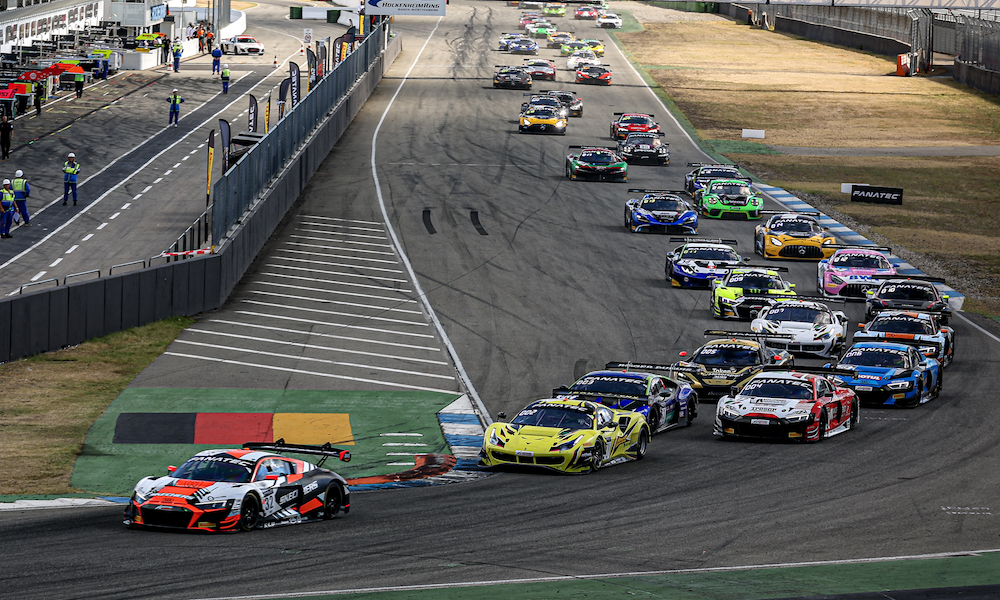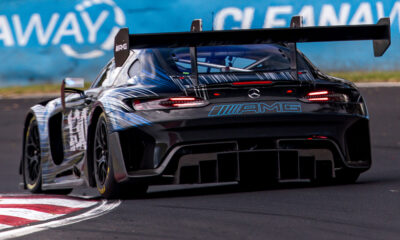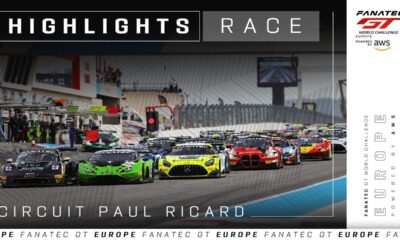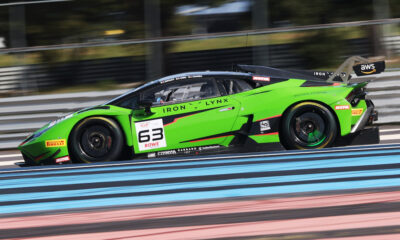SRO Motorsports Group is ‘discussing with the teams’ as it works on the process of defining driver lineup requirements for next year’s Fanatec GT World Challenge Europe powered by AWS classes, amid an overhaul of the driver ratings system.
According to SRO founder and CEO Stephane Ratel, the GTWC Europe series organizer plans to put a questionnaire out to its current and prospective entrants to determine how the classes will look next season.
The ratings overhaul consists of updated FIA regulations aimed at more accurately placing drivers into the Platinum, Gold, Silver and Bronze bands.
For example, young drivers with strong junior racing backgrounds who would have previously been classified as Silver will be angled towards Gold status, leaving Silver for drivers with less early career experience.
In July, Ratel announced a provisional class structure for the 2023 Endurance Cup season based on the new criteria.
It included the Gold Cup class transitioning from mixed-categorization to all-Gold driver lineups, and Silver Cup going the other way from all-Silver to a combination of ratings.
During the recent Endurance Cup season finale at Barcelona, Ratel presented this year’s GTWC Europe teams with an updated provisional plan for next season’s classes.
The plan, which Sportscar365 has seen, includes changes to how the Gold Cup and Silver Cup classes could be arranged. For instance, two Silver-rated drivers could be required in a Gold Cup crew, plus an additional Gold for the CrowdStrike 24 Hours of Spa.
Ratel explained that this is because there are still lots of Silver-classified drivers around.
The FIA last week released its provisional list of ratings for 2023, including more than 50 adjustments from Silver to Gold.
“We discuss it with the teams,” Ratel told Sportscar365.
“If I wanted to please everybody, I think we would need six or seven classes! It’s true that initially we said Gold Cup [is] for Gold drivers, but there is a transition period.
“There are still many more Silvers than Golds. We need to see how we can structure that, simply.
“We’re going to send a questionnaire to the teams. For the moment, let’s put it on standby.
“First, we want to issue the driver gradings for next year. On the basis of these driver gradings, we will come back to them with a questionnaire.”
Ratel acknowledged that changes to the GTWC Europe class structure have been “a bit complicated” but maintained that SRO is coordinating with teams to find appropriate solutions that ensure grid stability.
“One of the feedbacks they gave was that it’s becoming too confusing,” he said.
“The problem comes that initially we had one ‘Pro-Am’ structure that we had to change into a second Pro-Am.
“How do you call this second Pro-Am? That’s why we called it Gold, because we didn’t have another name to call it by. It’s a bit complicated.
“But I told them, we can find it confusing, but the reason for that is because we had 52 full-season entries this year. We are growing in popularity and the championship is doing fantastically well.
“Even if it looks a bit messy with the various classes, it corresponds to what the people want.
“Now we need to coordinate with the teams, see what people want, always be careful about the ones speaking the loudest… have everybody’s opinion. And then we will decide for next year.”
Driver lineups in the Endurance Cup’s top class are expected to remain open to all-Platinum crews next year, while two Bronzes will continue to be required in Pro-Am.
Sprint Cup Structure Also Being Worked On
Next season’s GTWC Europe Sprint Cup class structure was not outlined in the July announcement, however preliminary details of how it might look have since emerged.
Ratel explained that the current plan is to permit two Platinum-rated drivers in the top category, doing away with the existing Platinum/Gold maximum combination that has limited the number of all-factory lineups in recent campaigns.
Gold Cup, Silver Cup and Bronze Cup classes have also been proposed for Sprint, however Ratel stressed that SRO won’t be able to definitively ascertain which of these will materialize, and how, until participation numbers become clearer.
The provisional idea for next year’s Gold Cup in Sprint is a lineup of one Gold and one Silver driver, while the provisional Silver Cup combination is a Silver and a Bronze.
The Bronze Cup is essentially a renaming of the current Pro-Am class, where a Bronze-rated driver is joined by a higher-graded professional.
“This year we had three classes in Sprint, four in Endurance,” Ratel said.
“Let’s see how many cars we have wanting to do [Sprint]. There is a major economic downturn globally, but particularly in Europe. It might be a very difficult winter.
“We need to see between what the teams want to do in October, and what they will be able to do in February. Let’s be cautious.
“Everything is really more expensive for racing teams. Logistics, tires, fuel, hotels, rental cars… everything.
“Budgets are going up, so we need to see how we can cut costs and keep the same level of popularity that we have now.”



























